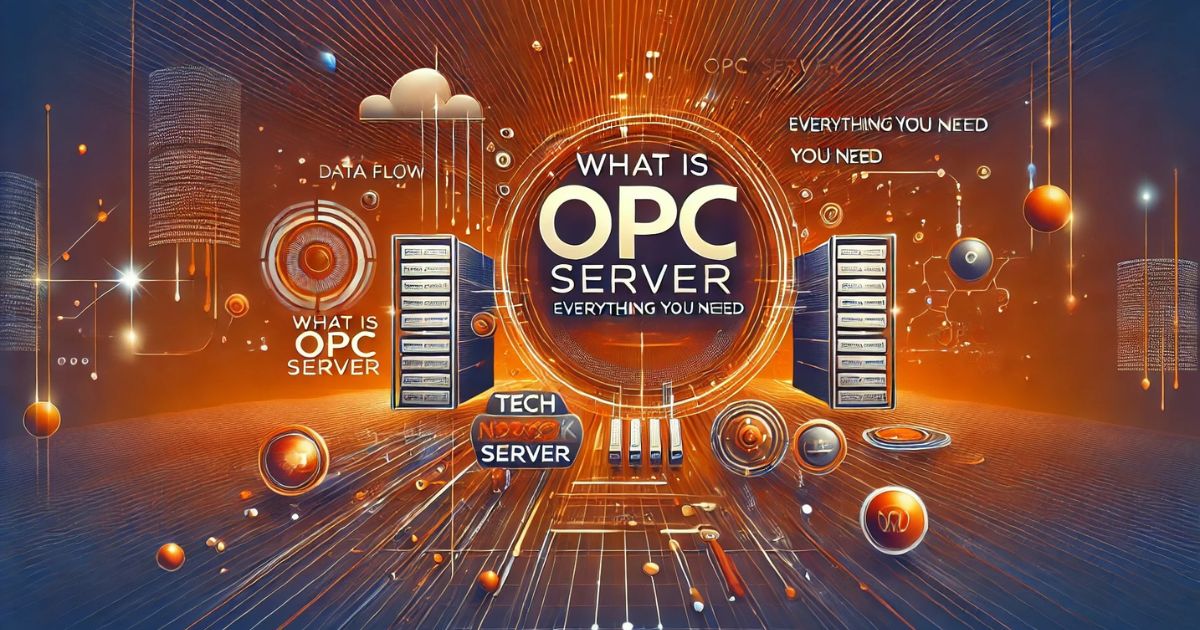Introduction
In the realm of industrial automation and control systems, the OPC (OLE for Process Control) standard plays a pivotal role in ensuring interoperability between various hardware and software components. At the heart of this standard lies the OPC server, a fundamental component that facilitates seamless communication between different devices and applications within a manufacturing or industrial setup.
Understanding OPC: A Brief Overview
OPC emerged as a standard to address the challenges posed by the diverse array of protocols used in industrial automation. Developed initially by the OPC Foundation, OPC is now a global standard adopted widely across industries including manufacturing, energy, utilities, and more.
Evolution of OPC Standards:
The OPC Foundation has evolved OPC through various iterations, each catering to specific needs and technological advancements. From the early OPC Classic to the more recent OPC UA (Unified Architecture), these standards have continually improved data security, reliability, and interoperability.
Importance of OPC in Industrial Context:
In India, where industrial automation is rapidly advancing across sectors such as automotive, pharmaceuticals, and food processing, OPC servers play a crucial role in integrating disparate systems. They enable real-time data exchange, remote monitoring, and centralized control, thereby enhancing operational efficiency and decision-making processes.
Key Components of OPC Server
Data Access (DA):
OPC DA is one of the most commonly used OPC specifications. It enables real-time data exchange between clients (applications) and servers (devices or software systems). In Indian manufacturing facilities, OPC DA servers facilitate the monitoring of production metrics, machine status, and process parameters.
Alarm and Events (A&E):
OPC A&E servers handle alarms, events, and notifications generated by industrial equipment. This capability is vital in ensuring timely responses to critical events, minimizing downtime, and optimizing maintenance schedules.
Historical Data Access (HDA):
OPC HDA servers provide access to historical data stored in industrial databases or historians. In India, where regulatory compliance and historical analysis are essential, OPC HDA servers aid in retrieving and analyzing archived data for performance evaluation and audits.
Advantages of OPC Servers in the Indian Industrial Landscape
Interoperability:
OPC servers facilitate seamless integration of diverse equipment and systems, regardless of the manufacturer or communication protocol. This interoperability is particularly valuable in India’s diverse industrial environment where legacy systems coexist with modern automation solutions.
Scalability:
As industrial operations in India scale up, OPC servers offer scalability by supporting a growing number of devices and applications. They enable businesses to expand their automation infrastructure without significant reinvestment in new communication protocols or hardware.
Security and Reliability:
OPC UA, the latest OPC standard, incorporates robust security features such as encryption, authentication, and audit logging. These features are critical in safeguarding sensitive industrial data and ensuring reliable communication across distributed networks.
Implementing OPC Servers: Challenges and Considerations
Legacy Systems Integration:
Many Indian industries operate legacy systems that may not natively support OPC standards. Implementing OPC servers often requires bridging these legacy systems through gateways or middleware, which adds complexity to integration projects.
Data Governance and Compliance:
Industries in India must adhere to regulatory requirements regarding data storage, privacy, and cybersecurity. OPC servers must comply with these regulations to ensure data integrity and regulatory compliance.
Training and Skill Development:
The successful deployment and maintenance of OPC servers require skilled personnel with expertise in industrial automation, networking, and OPC technologies. In India, investing in training programs and certifications can enhance workforce capabilities.
Future Trends and Innovations
Edge Computing:
OPC servers are increasingly integrated with edge computing solutions, enabling data processing and analysis at the network edge. This trend is gaining traction in India as industries seek real-time insights and reduced latency in data-driven decision-making.
Cloud Integration:
The adoption of cloud-based OPC servers allows Indian industries to leverage scalable storage, computing power, and analytics capabilities. Cloud integration facilitates remote monitoring, predictive maintenance, and enterprise-wide data visibility.
AI and Machine Learning:
OPC servers combined with AI and machine learning algorithms enable predictive analytics and anomaly detection. In India, leveraging these technologies optimizes production processes, minimizes waste, and enhances overall operational efficiency.
Conclusion
In conclusion, OPC servers represent a cornerstone of modern industrial automation, offering Indian industries the means to achieve enhanced operational efficiency, interoperability, and data-driven insights. As the industrial landscape in India continues to evolve, OPC servers will play an increasingly vital role in enabling smart manufacturing and sustainable growth. By embracing OPC standards and leveraging OPC servers effectively, Indian industries can navigate challenges, capitalize on opportunities, and pave the way for a more connected and efficient future.








